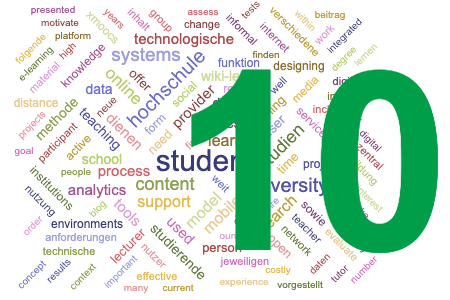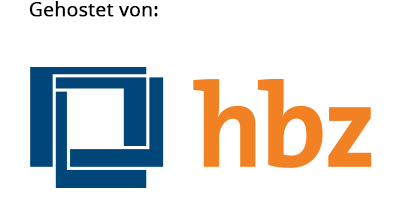Learning Analytics: Challenges and Future Research Directions
Schlagworte:
context modeling, e-learning, educational data mining, learning analytics, lifelong learner modeling, open assessment, personalization, seamless learningAbstract
In den letzten Jahren hat Learning Analytics (LA) viel Aufmerksamkeit im Bereich der technology-enhanced learning (TEL) Forschung auf sich gezogen, da Anwender, Institutionen und Forscher zunehmend das Potenzial sehen, das LA hat um die Zukunft der TEL Landschaft zu gestalten. Generell beschäftigt LA sich mit der Entwicklung von Methoden, die Bildungsdatensätze nutzbar zu machen um den Lernprozess zu unterstützen. Dieses Manuskript bietet eine Grundlage für die zukünftige Forschung im Bereich LA. Es bietet einen systematischen Überblick über dieses aufstrebende Gebiet und seine Schlüsselkonzepte durch ein Referenzmodell für LA, welches auf vier Dimensionen basiert, namentlich Daten, Umgebungen und Kontext (Was?), Akteure (Wer?), Ziele (Warum?) und Methoden (Wie?). Darüber hinaus identifiziert es verschiedene Herausforderungen und Forschungsmöglichkeiten im Bereich LA in Bezug auf jede dieser Dimensionen.Downloads
Veröffentlicht
2014-11-06
Ausgabe
Rubrik
Beiträge



